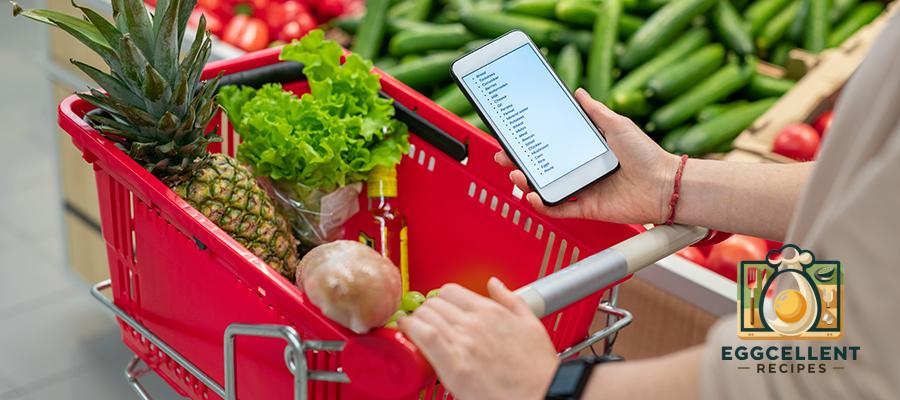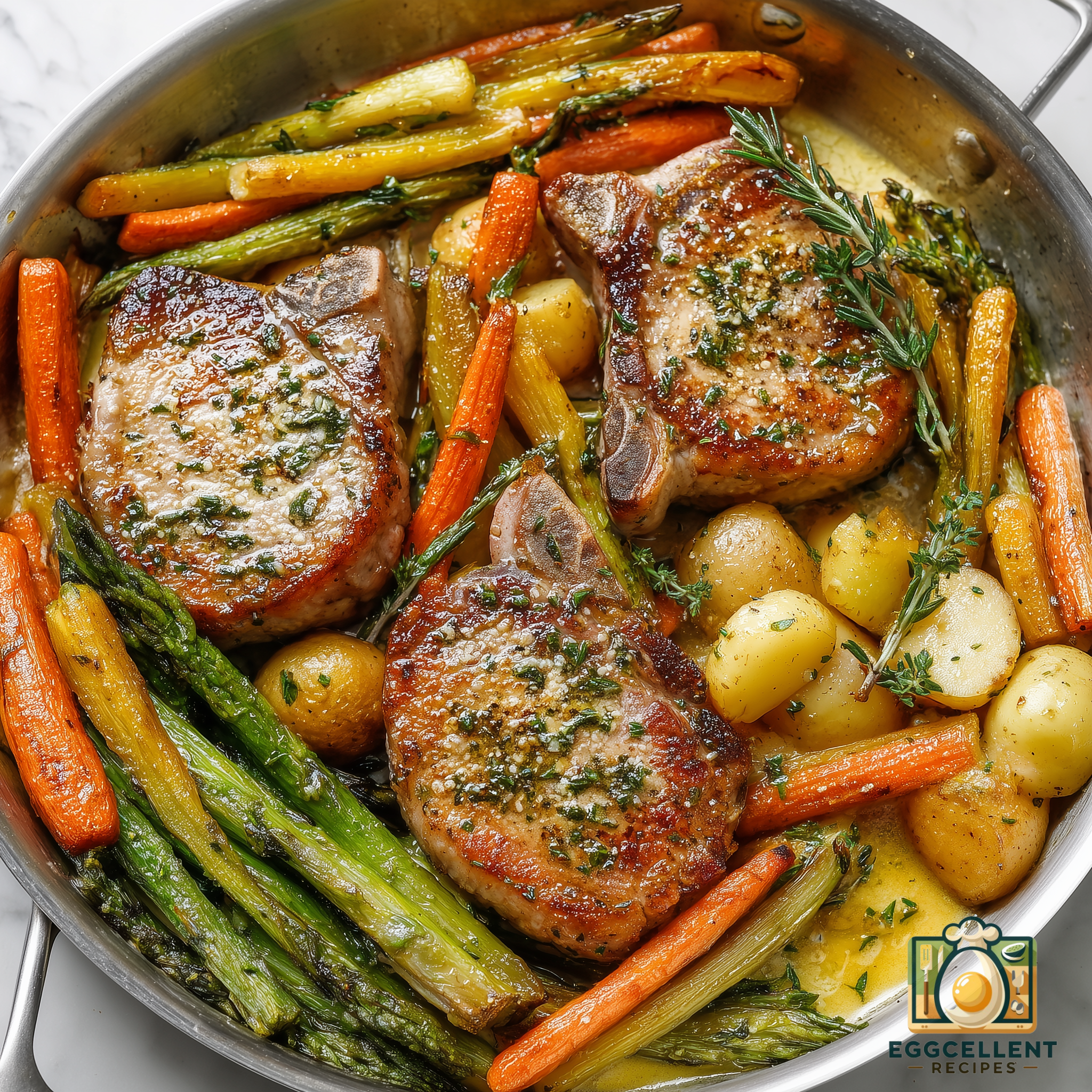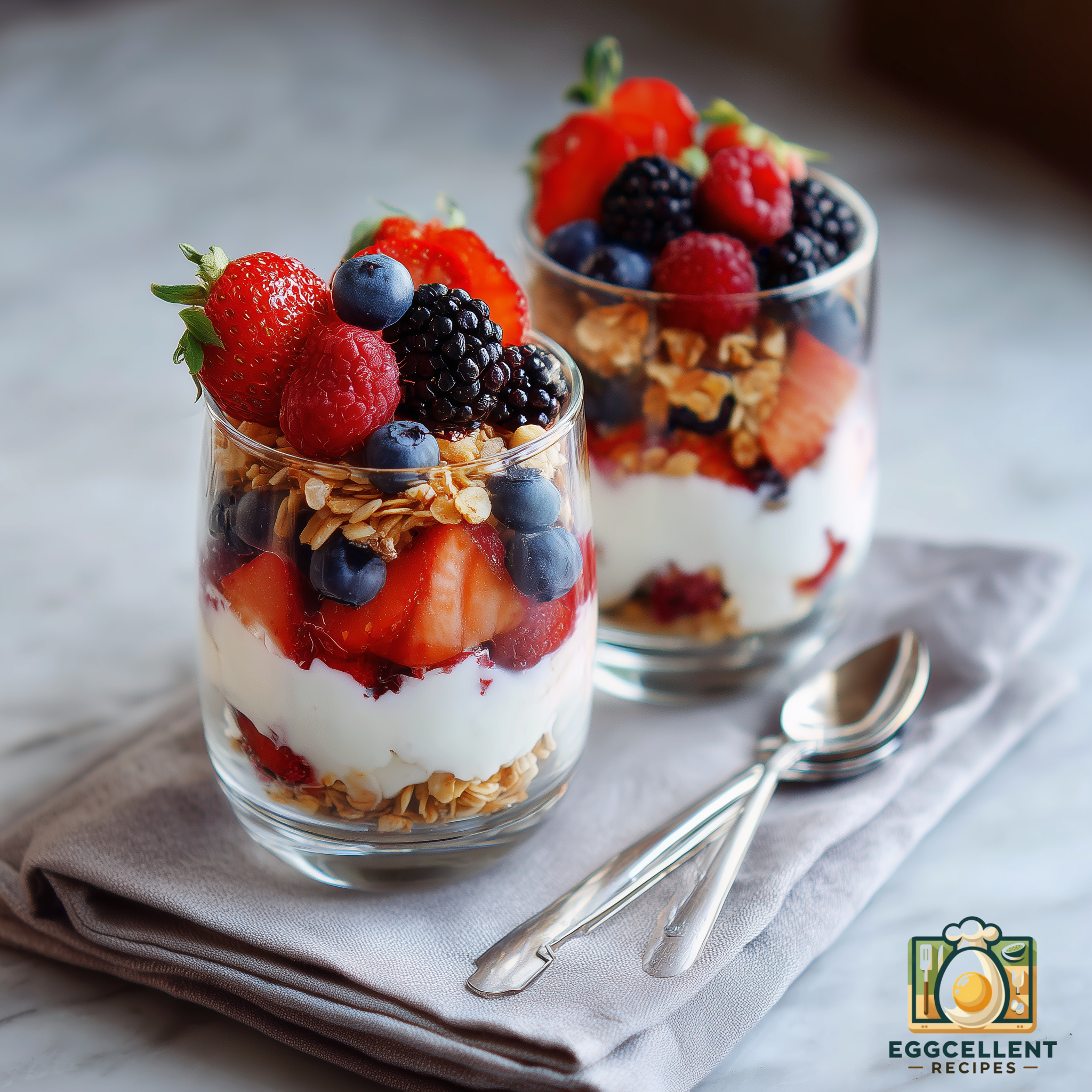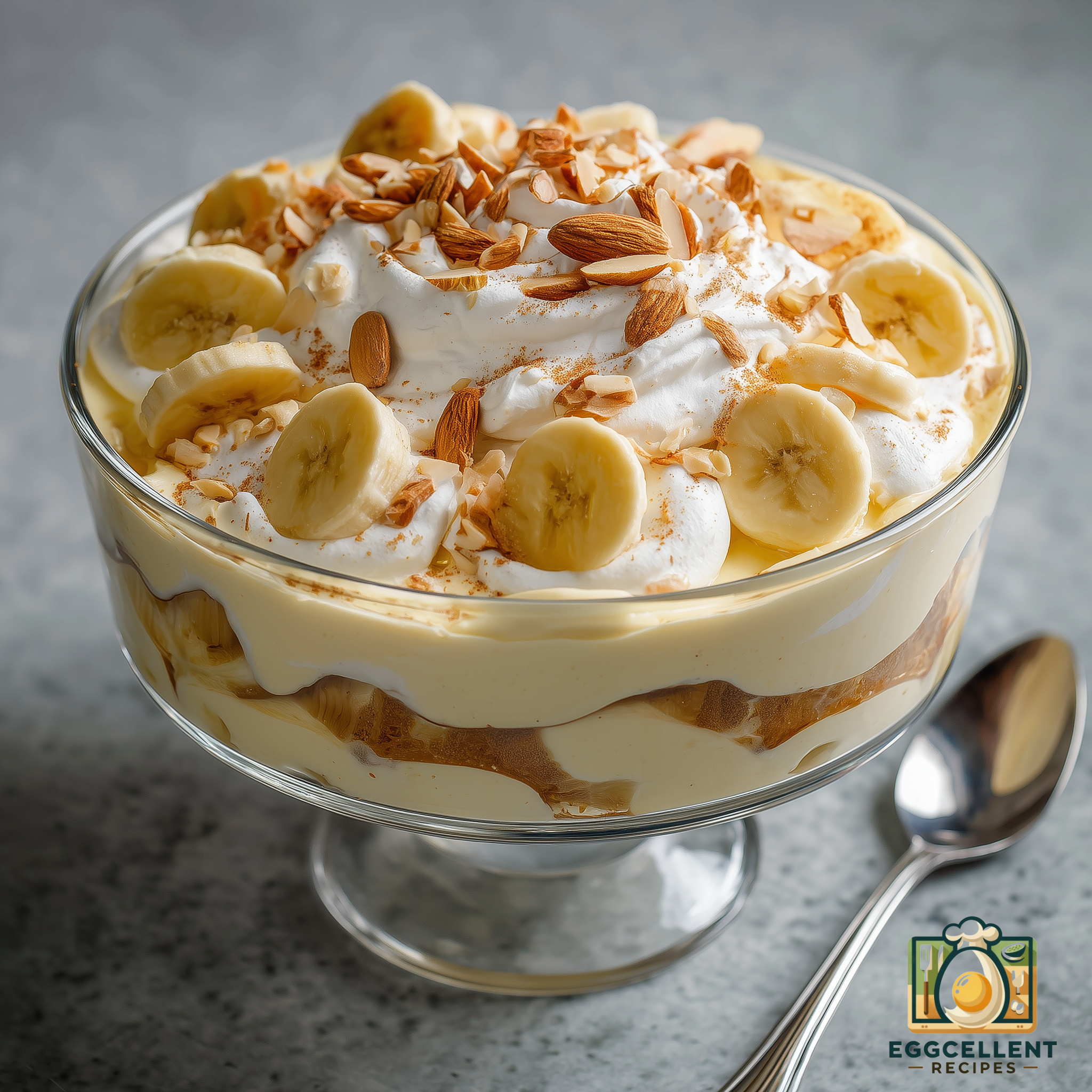
1. Plan Like a Pro
-
Audit Your Pantry/Fridge (5 min)
-
Check expiration dates, note what needs to be used first.
-
Snap a quick photo if you’re visual; prevents buying duplicates.
-
-
Design a Flexible Meal Grid
-
Aim for 3 breakfast, 4 lunch, 5 dinner ideas you can mix and match.
-
Build around overlapping ingredients (e.g., spinach shows up in omelets and salads).
-
-
Create a Tiered List
-
Must-Haves: milk, eggs, greens.
-
Nice-to-Haves: fresh herbs, specialty cheeses.
-
Backup Staples: frozen veggies, canned beans.
-
Pro Tip: Plan at least one “pantry night” each week to rotate older items and cut costs.
2. Read Labels in 30 Seconds or Less
| Quick Check | Goal | Watch-Out Words |
|---|---|---|
| Serving Size | Reality check: compare to how much you’ll actually eat | “About 2.5 servings per container” |
| Added Sugar | ≤ 6 g per serving (breakfast) | sucrose, cane juice, malt syrup |
| Fiber | ≥ 3 g per serving (grains/snacks) | refined wheat, enriched flour |
| Ingredients List | ≤ 7 recognizable items for most packaged foods | hydrogenated, artificial colors |
3. Master the Store Layout
Perimeter Strategy
-
Produce → Protein → Dairy keeps 80 % of your cart whole-food focused.
-
Hit the center aisles last with a purpose: spices, canned tomatoes, oats.
Unit-Price Math
-
Compare the price per ounce (on shelf tags) to decide between sizes or brands.
-
Bulk nuts may look pricey but often beat single-serve packets by 50 %.
Seasonal & Local
-
Peak-season produce = better flavor, lower cost.
-
Farmers’ market on weekends? Plan meals around those finds first, then fill gaps at the supermarket.
4. Shop With Specific “Health Filters”
-
Protein Picks
-
Lean poultry, wild/low-mercury fish, plain Greek yogurt, canned beans.
-
Choose plain versions and add your own seasonings to dodge extra sodium/sugar.
-
-
Smart Carbs
-
Prioritize whole grains: quinoa, brown rice, 100 % whole-wheat pasta.
-
Look for “≥ 3 g fiber” and “whole grain” as first ingredient.
-
-
Healthy Fats
-
Extra-virgin olive oil, avocados, nuts/seeds (buy raw or dry-roasted).
-
Avoid trans fats; steer clear of “partially hydrogenated oils.”
-
-
Flavor Boosters
-
Dried herbs & spices, citrus, vinegar—punchy taste without added calories.
-
Low-sodium broth powders make quick, lower-salt soups and grains.
-
5. Sample One-Week Healthy Grocery List
-
Produce: 1 bag spinach, 1 head broccoli, 4 bell peppers, 3 carrots, 4 apples, 2 bananas, 1 pint berries, 2 avocados.
-
Protein: 1 lb chicken breast, 1 lb salmon, 1 dozen eggs, 1 can chickpeas, 1 tub plain Greek yogurt.
-
Grains/Carbs: 1 box quinoa, 1 loaf 100 % whole-wheat bread, 1 large sweet potato.
-
Healthy Fats & Extras: raw almonds, chia seeds, extra-virgin olive oil, salsa, low-sodium soy sauce, garlic.
(Feeds two adults for five main meals + snacks when combined with pantry staples.)
6. Money-Saving (and Stress-Saving) Hacks
-
Buy Frozen Produce for out-of-season items—identical nutrients, half the price.
-
Use Store Apps & Digital Coupons but stick to planned items.
-
Shop Off-Peak Hours (early morning or late evening) to nab markdowns on meat and produce.
-
Stick to Your Lane—online ordering with curbside pickup reduces impulse buys by up to 40 %.
7. After You Shop: Storage & Prep
-
Wash & Chop hardy veggies (carrots, celery) right away; store in water for snack-ready crunch.
-
Freeze Portions of meat or fish you won’t use within 48 hours.
-
Front-Load the Fridge with soon-to-expire items so they’re visible.
-
Set Up a Snack Station: pre-portioned nuts, yogurt cups, cut fruit—easy choices beat easy junk.
Final Thoughts
Smart grocery shopping is equal parts strategy and habit. Plan before you go, focus on nutrient-dense staples, read labels fast, and prep immediately after unloading bags. Follow these steps and your cart—and meals—will automatically tilt healthier, tastier, and budget-friendlier every single week.
Happy cart-filling!






